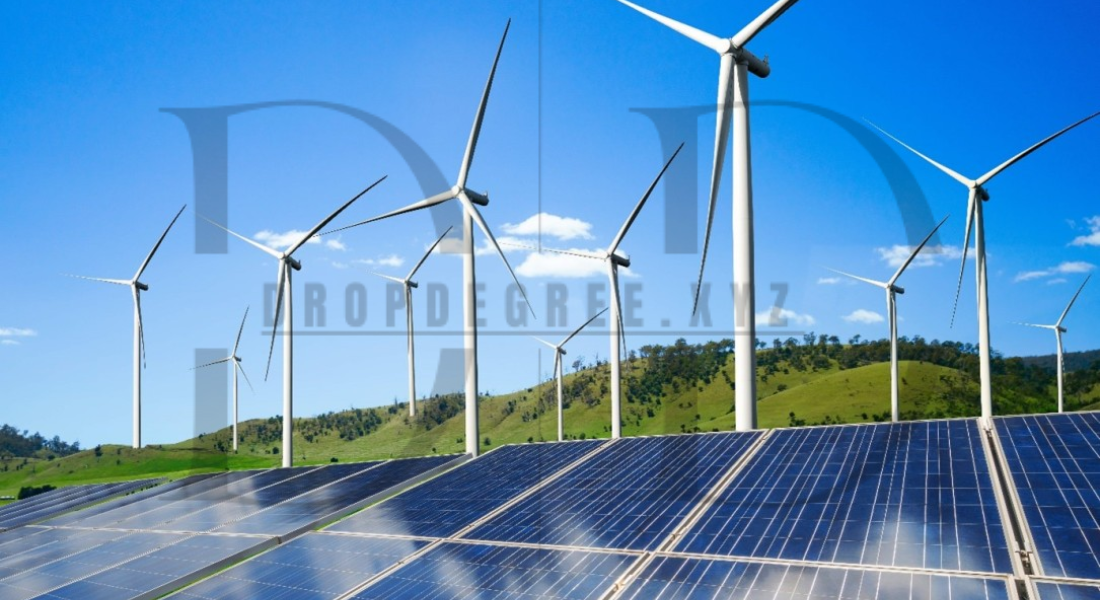Renewable Energy Motors: Revolutionizing the Energy Landscape
The global shift towards renewable energy is gaining momentum, driven by the urgent need to reduce greenhouse gas emissions and mitigate climate change. Central to this transformation are advanced motor systems designed specifically to leverage clean and sustainable energy sources. These cutting-edge devices play a critical role in converting natural resources like wind, sunlight, and flowing water into usable power. By integrating seamlessly with renewable technologies, they enable efficient energy generation and distribution, making them indispensable in the move toward a greener future.
As the world increasingly prioritizes environmental responsibility, the demand for high-performance, eco-friendly motor solutions continues to rise. Businesses, governments, and households are turning to sustainable energy systems that not only lower carbon footprints but also reduce reliance on non-renewable resources. This article delves into the pivotal role of these motors, examining their applications, benefits, and technological advancements that are shaping a cleaner energy landscape.
What Are Renewable Energy Motors?
Motors engineered for clean energy applications are designed to convert renewable power sources into mechanical or electrical energy with high efficiency and reliability. Unlike traditional systems that rely heavily on finite fossil fuels, these advanced technologies harness energy from sustainable sources, such as solar radiation, wind currents, and hydropower, ensuring a cleaner and more sustainable output.
Their versatility and resilience make them indispensable across a wide range of applications, from large-scale industrial power generation to compact residential systems. A key aspect of their innovation lies in their ability to adapt to variable energy supplies. For instance, wind energy systems must deal with fluctuating wind speeds, and these motors are designed to optimize performance regardless of such inconsistencies. Similarly, solar-powered applications benefit from these motors’ ability to efficiently manage power stored during peak sunlight hours for use at night or during overcast conditions.
Advanced Features that Set Them Apart
One of the standout qualities of modern motors in clean energy systems is their ability to maintain consistent output despite irregularities in energy input. This reliability is achieved through advanced engineering that prioritizes adaptability and efficiency. For example:
- Dynamic Response: Motors used in wind turbines are equipped with advanced controls that allow them to adjust quickly to changing wind conditions, ensuring stable energy production.
- Durability: Built to withstand harsh environmental conditions, such as high winds or exposure to the elements, these motors ensure long-term performance and minimal maintenance.
- Efficiency Enhancements: Technological improvements, such as reduced friction components and lightweight materials, have significantly boosted their energy efficiency, making them more cost-effective over time.
The integration of smart technologies, such as IoT-enabled sensors, further enhances their performance by enabling real-time monitoring, predictive maintenance, and optimization of energy usage. This level of sophistication underscores their importance in modern renewable energy systems.
By combining innovative materials, robust design, and advanced digital integration, these motors are not only facilitating the global shift toward sustainable energy but also driving significant improvements in the way energy is produced, managed, and consumed.
Applications of Energy-Efficient Motors
Motors designed for renewable energy systems are versatile, serving critical roles across multiple sectors:
1. Wind Power Systems
Wind turbines heavily rely on these motors to convert kinetic energy into electricity. High-efficiency designs ensure that energy is captured even during periods of low wind, enhancing overall performance and reliability.
2. Solar Energy Solutions
Solar-powered devices, from water pumps to vehicles, utilize motors optimized for renewable energy. These devices convert energy stored in solar-charged batteries into functional power, making them a cornerstone in clean energy technologies.
3. Hydroelectric Facilities
Renewable motors are also integral to hydropower plants, where they convert the force of flowing water into usable electricity. Built for endurance, they offer high efficiency while operating under challenging conditions.
4. Electric Transportation
The rise of electric vehicles (EVs) has brought increased attention to energy-efficient motors. By integrating with renewable-powered charging stations, these motors further amplify sustainability efforts within the transportation sector.
Benefits of Renewable Energy Motor Adoption
Switching to motors optimized for renewable energy offers a host of advantages that span environmental, economic, and technological dimensions.
1. Increased Energy Efficiency
These motors are designed to minimize energy loss during operation, ensuring optimal utilization of renewable sources. This efficiency reduces both costs and resource waste, making them a smart investment.
2. Environmental Benefits
By harnessing renewable sources, these motors significantly cut greenhouse gas emissions. They contribute to cleaner air, reduce dependence on non-renewable resources, and help combat climate change.
3. Financial Savings
Although the upfront cost of installation may seem high, the long-term savings on energy bills and maintenance costs outweigh the initial expense. Over time, users benefit from lower operational costs.
4. Flexibility and Scalability
These motors are suitable for diverse applications, ranging from small-scale home systems to large industrial projects. Their scalability ensures they meet various energy demands effectively.
Innovations Shaping the Industry
Technological advancements have transformed the capabilities of motors designed for renewable energy systems. Key innovations include:
1. Advanced Materials
Lightweight and durable materials, such as carbon composites, enhance motor efficiency while reducing wear and tear. These materials also contribute to energy conservation by lowering overall power requirements.
2. Smart Technology Integration
Motors integrated with IoT systems can monitor performance, predict maintenance needs, and optimize energy use. This technology enables smarter, more reliable operation.
3. Magnetic Levitation Systems
Maglev motors eliminate friction by using magnetic fields, resulting in increased efficiency and reduced mechanical wear. These systems are becoming increasingly popular in renewable applications like wind turbines.
4. Energy Storage Compatibility
Modern motors are designed to work seamlessly with battery storage systems, ensuring consistent energy availability even when renewable sources like sunlight or wind are temporarily unavailable.

Addressing Challenges in Adoption
While the advantages are clear, several barriers still hinder the widespread adoption of renewable energy motors.
1. High Upfront Costs
The initial investment for renewable energy systems, including advanced motors, can deter some potential users. However, declining technology costs and government incentives are helping to reduce this obstacle.
2. Complex Integration Processes
Integrating these motors into existing systems often requires specialized knowledge. Ensuring compatibility and optimizing their use demands skilled professionals and resources.
3. Variability of Energy Sources
Renewable energy sources like wind and solar are inherently variable. While advanced motors can adapt to fluctuations, ensuring consistent power output remains a challenge in certain scenarios.
The Future of Renewable Energy Motors
The future looks bright for motors designed for renewable energy applications. Innovations and increasing global focus on sustainability are driving their evolution and adoption.
1. Role in Smart Grids
With the expansion of smart grid technology, these motors will play a key role in optimizing energy distribution and consumption.
2. Enhanced Designs
Future motors will feature compact, efficient designs tailored to a wider range of applications. Technologies like 3D printing are expected to further streamline manufacturing.
3. AI Integration
Artificial intelligence will enhance motor performance by predicting energy demand, optimizing usage, and ensuring reliability. This will be particularly valuable in large-scale renewable energy projects.
4. Global Accessibility
As costs continue to decline, renewable energy motors will become more accessible to developing regions, driving sustainable energy adoption in underserved areas.
Conclusion
Motors optimized for renewable energy applications are transforming the way we harness and use clean power. By improving energy efficiency, reducing emissions, and supporting global sustainability efforts, they are paving the way for a greener future.
These motors are more than just technological advancements—they symbolize a shift toward a cleaner, more responsible use of resources. As innovation continues and adoption expands, these systems will remain at the heart of the renewable energy revolution, shaping a sustainable world for future generations.
Whether used in powering homes, industries, or transportation, these advanced motors are driving change and offering solutions that align with the pressing need for environmental responsibility. The
